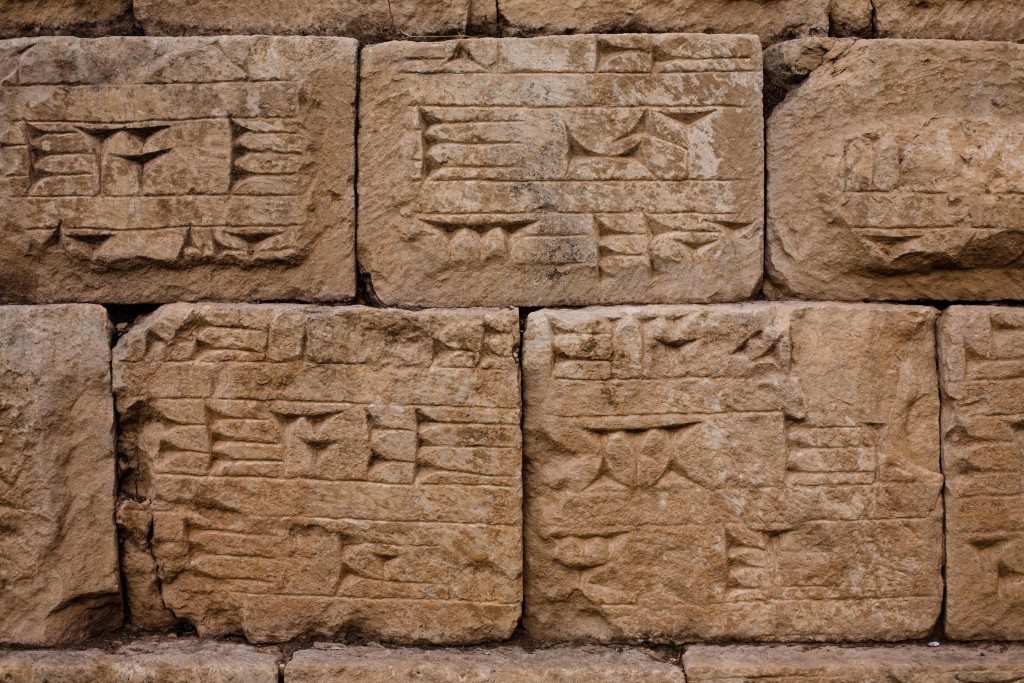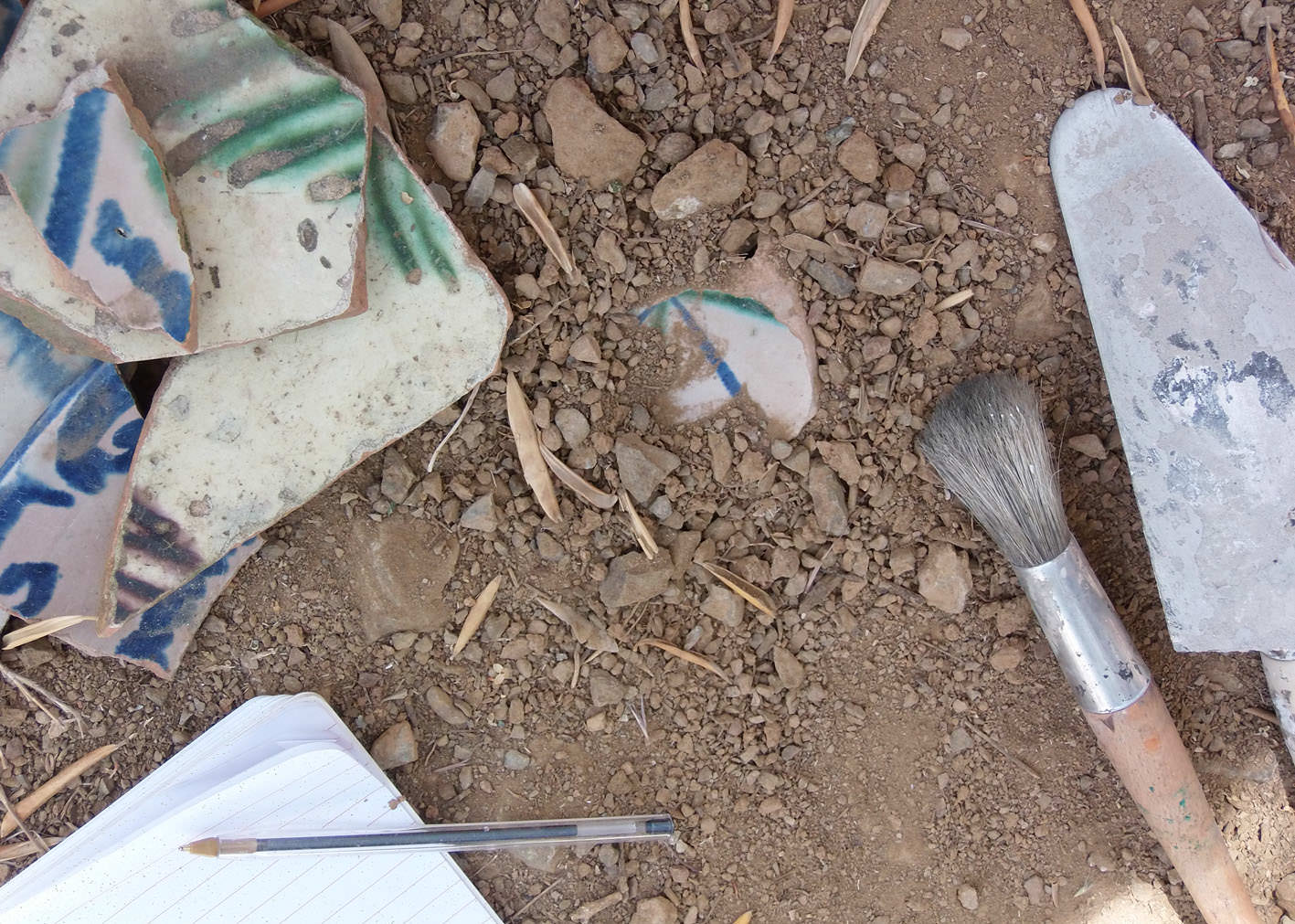The original and traditional source of historical knowledge is the written text. However, the concept of what a historical source is has undergone transformation and redefinition over the centuries. This has happened as new mediums of communication, record keeping, and non-textual data in the form of material remains have emerged. New disciplines have also developed that continually challenge historians to include these new sources in their analysis and explanation of the past.
The primary source of history is documents, or texts in various forms. Originally historians, limited to ancient manuscripts, used a wide number of sources to achieve an understanding of the past. These sources of history came from epic poetry, myths, fables, inscriptions left on buildings or objects, deeds of farms or land, proclamations, ancient letters, and any other form of writing. Before the 20th century, historians, without the benefit of archaeology, relied on evaluating the language used, the number of copies of a text and if there was agreement, and theories about transmission of those texts to develop a means to evaluate whether a source was reliable or unreliable.

Cuneiform writing on the Jerwan Aqueduct (703-690 BCE). King Sennacherib I of Assyria made sure that, thousands of years later, people would know that it was he who ordered the construction of this feat of Assyrian engineering. Photo © Sebastian Meyer.
Historians seek out the oldest, most original copy of a text available and use that as their primary source for history. These primary sources would be a ruler’s proclamation and the original paper or tablet copy of it, for example. The original often has markings or other material remains that can indicate additional insights such as emotion, education, changes or attempted changes, and finally whether the source was really written by the person who claimed to be the author.
A secondary source is a second hand account or summation of another person’s account or material. Some secondary sources are also accounts such as Edward Gibbon’s Decline and Fall of the Roman Empire. The book uses primary source material but it is interpreted by an author. The secondary source may have valuable insight but is often the last level consulted before the historian makes firm conclusions.
In some instances secondary sources are all that some historians are able to use, but this requires more extensive cross-referencing and verification. Of course, not all texts are available for review in their original state. In such circumstances careful, highly detailed, reproductions are made in books and viewed on pages called “plates”. These reproduce every mark, blemish, and detail of the original. There is direct translation, in the case of ancient or foreign languages, made by experts in that language and culture to ensure high accuracy of translation. This enables a historian to remotely look at a text and still consider it as close to the original as possible and as primary. This means that most professional historians are trained in the language of the text to verify other translation as well, thus ensuring accuracy.
Since the introduction of archaeology new sources of history have been added and the text is no longer the dominant source. Some of the new sources of history are statues, orthostats (an upright stone or slab forming part of a structure, they can also have carvings on them), iconography, and royal images, material remains or artifacts and buildings, graves, pottery, beads, remnants of weapons, and many other physical items now help us to understand the past. These physical objects also help us understand the accuracy or inaccuracy of the texts we possess and add new dimensions to our knowledge of events, people, and places.

Archaeology on a small scale. Uncovering and recording pottery in the field. Photo © Maisie Jewkes.
The twentieth century added further sources of history; radio broadcasts, television broadcasts, newspaper articles, pictures, movie or film reels, personal journals and diaries. No single object, document, or material is generally accepted as being complete with such availability of other sources. Single sources, in any form, are approached cautiously even if it is the only one available. However, the use of all these sources are based upon the same rules and methodology as texts were when history was first developed. The use and value of a source is still considered a process of evaluation that is needed to be carefully observed before it is offered as evidence.
